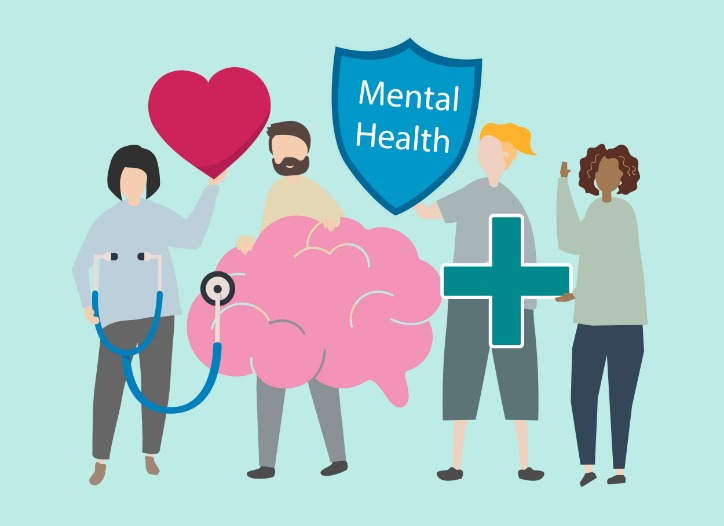Symptoms of depression in males can be physiological, such as a racing heart, digestive issues, or headaches. Males may be “more likely to see their doctor about physical symptoms than emotional symptoms,” says the National Institute of Mental Health. Across the globe, among many races, ethnicities, and income brackets, males often avoid getting help for their psychological issues.According to the World Health Organization (WHO), males die by suicide at twice the rate of females.
These contributed rather little to our understanding of the mental health impact of the emerging crisis. In future events that have global mental health impact, where possible, collaborative and interdisciplinary efforts with well-powered and well-controlled prospective studies using standardized instruments will be crucial.
In a survey by AASM, over half (56%) of Americans (and 70% among those years old) say they have experienced sleep disturbances during the pandemic. Common sleep disturbances include problems falling or staying asleep, sleeping less, and experiencing worse quality sleep.
Do increased self-reported mental health problems return to pre-pandemic levels, and which groups of individuals remain most affected in the long-term? We need to realize that certain pandemic consequences, particularly those affecting income and school/work careers, may become visible only over the course of several years.
Existing socio-cultural disparities in mental health may have further widened during the COVID pandemic. Whether the impact is larger for individuals with low socio-economic status remains unclear, with contrasting meta-analyses pointing toward this group being protected15 or at increased risk40. Earlier meta-analyses did not find that the mental health impact of COVID-19 differed across Europe, North America, Asia and Oceania13,14, but data are lacking from Africa and South America. Nevertheless, a large-scale within-country comparison in the United States found that the mental health of Black, Hispanic and Asian respondents worsened relatively more during the pandemic compared to White respondents. Moreover, White respondents were more likely to receive professional mental healthcare during the pandemic, and, conversely, Black, Hispanic, and Asian respondents demonstrated higher levels of unmet mental healthcare needs during this time45.
Read more about long term here.
Even before the federal government’s recent decision last week to authorize COVID-19 boosters all adults, it had already recommended them in October for people with certain high-risk conditions. Along with with illnesses like diabetes and heart disease, that list included mental health conditions. “The presence of a loving, stable adult in a child’s life helps build resilience,” says Dr. Ibeziako. In a two-parent household, the other parent can provide comfort, stability, and support. The other adult could also be a relative, trusted friend, sports coach, teacher, or therapist.
Have You Been Watching Our Free Mental Health Webinars?
If you answered yes to any of these questions, you might have job burnout. Think about talking to a health care professional or a mental health professional.
Could your life story use an update? Here’s how to do it
Nearly 30,000 youth aged out of foster care in Fiscal Year 2009, which represents nine percent of the young people involved in the foster care system that year. This transition can be challenging for youth, especially youth who have grown up in the child welfare system. Most people will respond better than you think, but if someone doesn’t react the way you’re hoping they will, don’t be sidelined. If someone doesn’t seem to understand, it also doesn’t mean that they’ll never understand. According the National Alliance on Mental Illness (NAMI), one in five young adults is dealing with mental illness, but as many as half are struggling in silence.
We’ve known for a long time that there’s a link between viral infections and mental health. But parenting with mental illness is far more common than many people suspect. In a survey of U.S. parents, more than 18 percent reported having a mental illness in the past year.
A mental health disorder in childhood involves delays or disruptions in thinking, behaviors, social skills, or regulation of emotions for a child of that age. These delays or disruptions cause distress to children or interfere with how well they function at home, school or in social situations. There are also different types of therapy for different types of mental health conditions.





